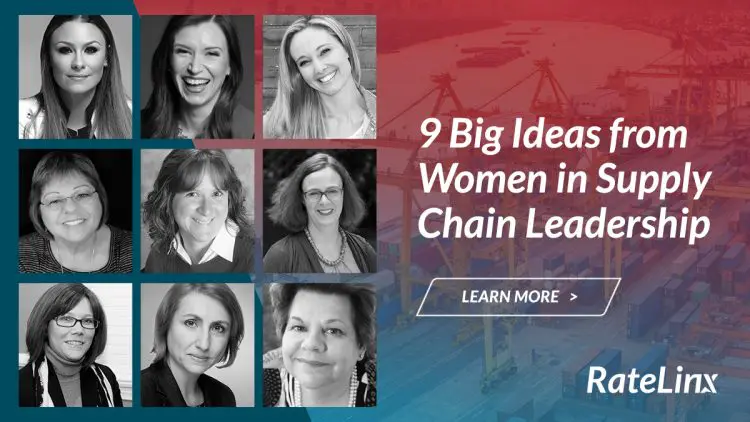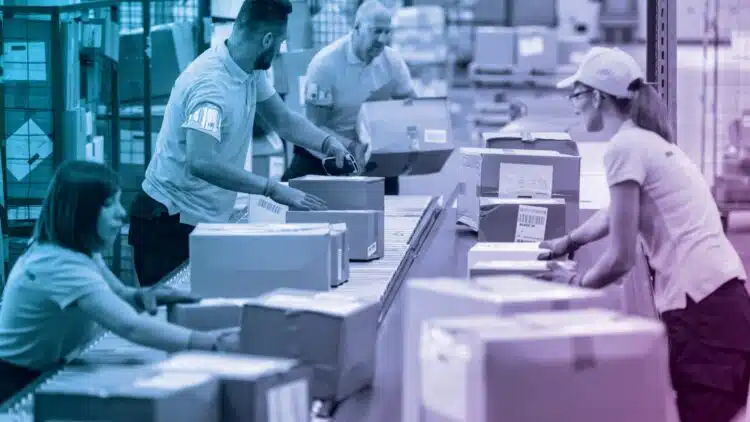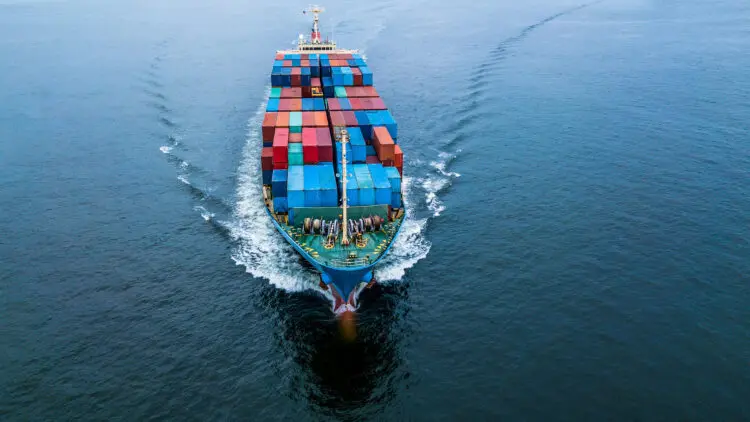The landscape for supply chain leaders is getting more complex each year – and that’s before taking into account the current global pandemic. We’re facing unprecedented challenges, and there are no easy answers.
Thankfully, despite growing headwinds and current conditions, there is no shortage of industry voices with insights, ideas, and actionable advice to get us through it. Not only do the women in this post have a clear vision of the supply chain landscape today, they’re at the forefront of trends shaping its future.
Here are some thought-provoking ideas from women in supply chain leadership who are helping lead the industry through a turbulent and uncertain time.
“Human behaviors—including broadening cultural world-views that promote a better understanding in sustainable purchasing decisions and greater public awareness and commitment—are all essential for progress.”
https://blog.supplychainqueen.com/2019/09/05/why-supply-chains-will-save-the-world/
—Sheri Hinish
Sheri Hinish on Sustainability
Known as the Supply Chain Queen, Sheri Hinish is an Executive Advisor and Thought Leader, IBM Futurist, and influencer for supply chain topics. Her insights on supply chain sustainability have brought this subject to the forefront of conversation, like the concept from her blog post, Why Supply Chains Will Save the World.
“We need to raise levels of education in sustainability, increasing the application of research and best practices in industry. Additionally, the adoption of public policy and standards, the use of sustainable applications across the supply chain (including product design), and alternative business models like Product-as-a-Service that promote circularity in sustainable economies, need to be championed and shouted from the highest mountain tops.”
A Masters Candidate at Harvard University for Sustainability with an emphasis in Corporate Sustainability, Industrial Ecology, and Sustainable Development, Sheri goes on to say:
“Human behaviors—including broadening cultural world-views that promote a better understanding in sustainable purchasing decisions and greater public awareness and commitment—are all essential for progress. You are a critical part of the systemic change. You can be a sustainability hero.”
Connect with the Supply Chain Queen herself for more insights on sustainability and its role in the supply chain of the future.
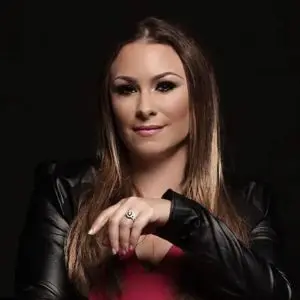
Sheri Hinish
Sheri is a Supply & Demand Chain Executive “Pro to Know,” an IBM Futurist and among LinkedIn’s Top 1% Social Selling Index (SSI) in Supply Chain. She’s also a voice for transformation among supply chain and logistics leaders.
Recommended Reading:
Deborah Dull on the Business Case for Circular Supply Chain
Over the past decade, Deborah Dull has built an impressive resume in supply chain leadership. She’s worked for Microsoft, The Bill and Melinda Gates Foundation, and is currently the Principal of Manufacturing Product Management at GE Digital. She’s also the Chief Energy Officer of Supply Chain Revolution, and co-host of the Supply Chain Revolution Podcast.
In an interview with Supply Chain Now, Deborah helped define what we mean by circular supply chain:
“I’d say for the last hundred and fifty years or so, how we produce items or give services, it’s a line. We take raw materials, typically, which starts from a mine, goes through a series of manufacturing steps, ends up being used either as a consumer product or an industrial process. And then it’s disposed. So it’s this take-make-waste line…but the circular economy says, ‘look, this material has value and, designed properly, can be circulated.”
For Deborah, it’s not just about pursuing sustainability as an end unto itself, either. There’s a strong business case to be made for the circular supply chain:
“The key focus for supply chain leaders is not to pursue circular because it’s the flavor of the day. Rather, investigate how circular can actually be a strategy to achieving the business goals you already have. And in supply chains we typically balance time, cost, quality…. And I’m finding that circular business practices can really help you get there.”

Deborah Dull
Deborah is a circular economy enthusiast who focuses on digital transformations with complex stakeholder and systems environments, demonstrating strong strategy and execution in Industry 4.0 and circular thinking.
Recommended Reading:
Sarah Barnes-Humphrey on What’s Driving Circular Supply Chain
The host of the popular podcast Let’s Talk Supply Chain, Sarah Barnes-Humphrey is an industry veteran and thought leader in supply chain leadership. Over the years she’s had her hands in every stage of the supply chain, and well-equipped to talk about it end-to-end. Here’s what she has to say about the concept of a circular supply chain, from Episode 111 of her podcast.
“The biggest driving force for the circular supply chain is the consumer. There are some impositions that are coming from the federal government on particular products that must be recycled, but the biggest driver is going to be the consumer. So, when you’re thinking about circular supply chain, think about your customer experience, bring those departments in and talk about how you guys can come together and figure this thing out. It’s going to take more collaboration between parties. Collaboration is the future of business.”

Sarah Barnes-Humphrey
Sarah Barnes-Humphrey is best-known as the host of the popular Let’s Talk Supply Chain Podcast (LTSC) and The SC, Supply Chain TV channel on YouTube. She’s been named one of the Top 100 Global Women Leaders in Supply Chain.
Recommended Reading:
Rosemary Coates on Transparency
As a Chinese manufacturing expert witness and global supply chain management consultant, few people understand the concept of supply chain transparency as well as Rosemary Coates. Her firsthand experience with legal inquisitions has given her a profound respect for the concept of transparency in the age of the IoT, which she talked about at length in an interview with Smart Industry:
“More information and as much transparency as is comfortable with supply-chain partners will most certainly help to improve supply-chain performance. Supply chains used to be all about moving boxes around the world. These days it is all about moving information so that companies can make smart, informed decisions.”
Rosemary goes on to discuss the implications of having more data in the supply chain, and what that means for the people who depend on it.
“Customers, too, want to know where their packages are and when they will be delivered. Companies such as Amazon, Zappos and even the US Postal Service now provide traceability so that we know exactly where our packages are in route to us. We now expect this kind of transparency in our everyday lives.”
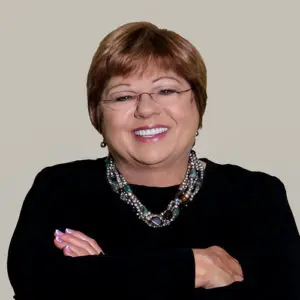
Rosemary Coates
Rosemary is a Global Supply Chain, Procurement, and Manufacturing Expert focusing on Chinese sourcing and manufacturing, and logistics with 30 years of experience in industry, consulting and expert witnessing. An author of 5 supply chain books, including an Amazon.com best seller, she has consulted with 80 countries around the world and across a diversity of industries.
Recommended Reading:
Like what you’re reading?
Kelly Barner on Supply Chain Innovation
A supply chain veteran and subject matter expert, Kelly Barner, wants to know, “what’s next?” Her forward-looking insights and leadership have made her one of the best sources for trending information in supply chain. She’s constantly postulating the next step of this rapidly-evolving industry. Here’s what she has to say about industry drivers from her blog post, Is B2B driving B2C supply chain innovation, or vice versa?
“From convenience, to delivery turnaround, to order visibility, to user experience expectations, the consumer and commercial buying markets are evolving forward and moving closer together at the same time. Both are equally sophisticated in their own way, and are eager for new ways to easily get the things they want and need. When an investment is required on the B2B side, companies should explore whether there is any application for that new capability in the B2C market – and vice versa. The target consumer is the same in both cases, despite the fact that they are sitting in a different place and making different purchases. The opportunity to simultaneously increase ROI and expand brand recognition is just too appealing for any company to ignore.”

Kelly Barner
The authority on all things procurement, Kelly Barner has co-authored and contributed to several books, as well as numerous industry publications focused on value stream optimization. Kelly’s gift for communication regularly translates into a full catalog of blog posts, articles and featured insights that make her a staple voice in the logistics industry.
Recommended Reading:
Cathy Morrow Roberson on Partnerships for a Resilient Supply Chain
Her familiarity with manufacturing supply chains and their inherent volatility makes Cathy Morrow Roberson an authority on supply chain resilience. Look to her for insights for bringing stability to complex and evolving global supply chains, including forging lasting partnerships. Here’s what Cathy had to say in an article in Forbes.
“Relationships with suppliers are key to mitigating risk. When disruptions send shipments astray, a supply chain provider with a deep network of relationships can be invaluable. With a little logistics creativity, such as changing the port of discharge for cargo traveling inland, an experienced partner can help lessen the impact of disruptions. Similarly, when an unexpected event forces you to find last-minute capacity with a new carrier, a provider with the right scale and network can help you negotiate a better arrangement.”
Cathy’s insights become more important and valuable with each passing month as global supply chains see increased volatility.

Cathy Morrow Roberson
In the logistics space, there are few thought leaders as prolific as Cathy. She writes for Forbes, The Loadstar, Air Cargo World, and is a consultant with Cargo Facts Consulting.
Recommended Reading:
Lisa Anderson on the Skills Required for Supply Chain Digitization
Lisa Anderson recognizes the importance of agile supply chain digitization done right. She’s an expert on end-to-end supply chain transformation, especially as it pertains to scalability. Ratelinx has been fortunate enough to sit down with Lisa in the past to talk digitization. Her insights aren’t just practical—they’re actionable. Here’s what she has to say about the skills required for supply chain modernization.
“Business leaders should be hiring and training for data analytics, the ability to leverage ERP systems and think through down-the-line impacts as well as tying business processes to systems design. We should also look at the soft skill requirements, such as collaboration. I’ve found that a more dramatic ROI can occur by aligning the people, even more than the data and the process.”
Anderson reminds us that despite all the tech and transformation in the logistics industry, it’s still powered by people.
“Forgetting about the people element is a major risk factor for businesses. To implement high tech successfully, you need to accompany it with high touch!”
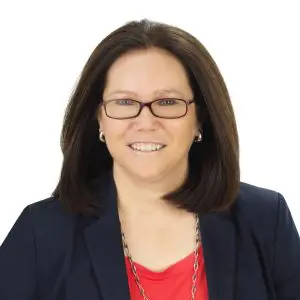
Lisa Anderson
Lisa is a supply chain expert with over 14 years of experience as an independent consultant. Her consultancy’s blog is a reliable source of industry analysis and advice.
Recommended Reading:
“Integrating the visibility to the required level into the annual freight forwarding bids requirements and holding providers accountable to offer it would be a nice way to increase the investment and adoption of the appropriate tools.”
— Inna Kuznetsova, Ph.D.
Inna Kuznetsova on Increasing Supply Chain Visibility
What is supply chain visibility, really? That’s the question 1010data CEO Inna Kuznetsova asks. An industry voice for technology-driven innovation in ocean shipping, she’s consistently seeking to redefine what it means to have a visible supply chain in supply chain leadership. In a recent interview with Ratelinx, she shared her thoughts on how to increase visibility using robust analytics.
“There is often a confusion of what people mean by visibility. A carrier may send you the track and trace signals for each shipping order. So, you will know, often post-factum, if a container left the terminal. Is it useful? What customers want today is alerts based on purchase order numbers combined with actionable insights: what is a potential impact and, most important, what actions are required to mitigate risks on SKU level?”
She goes on to say, “Some 4pl offer the control tower services, but the problem has not been solved entirely. And one of the main reasons for it is that the customers keep talking about the need for transparency, but award bids based on the costs and quality of delivery. Integrating the visibility to the required level into the annual freight forwarding bids requirements and holding providers accountable to offer it would be a nice way to increase the investment and adoption of the appropriate tools.”

Inna Kuznetsova, Ph. D.
From her roots at IBM to serving as CEO of 1010data, Inna Kuznetsova is an expert in all things concerning the digitization and interpretation of freight data. She’s a voice for innovation concerning artificial intelligence, machine learning, cloud logistics and more.
Recommended Reading:
Lora Cecere on Supply Chain Risk Management
Lora is the founder of Supply Chain Insights. She’s a supply chain expert with an emphasis on finding and maximizing value opportunities while reducing risk. In her recent post on Supply Chain Shaman, Lora emphasizes complex modeling and analysis as ways to hedge against risk.
“Over the course of the last three decades, supply chains grew more complex. Simplistic thinking of trading-off customer service, inventory and cost became much, more complicated with the shifts in asset strategies….Use the modeling of supply chain risk management as an opportunity to drive cross-functional organizational learning. Put your best models front and center of boardroom discussions. Now is the time to help board members understand the world of a complex non-linear supply chain using design analysis, simulation and what-if modeling.”

Lora Cecere
As the host of the annual Supply Chain Insights Global Summit, Lora has taken the initiative to bring thought leaders and practitioners together to everyone’s benefit. She also writes for Consumer Goods Technology and CSCMP Quarterly.
Recommended Reading:
Explore the Next Evolution of Supply Chain
These 9 women represent some of the most forward-thinking voices in supply chain leadership, each with her own perspective to lend to the conversation. As supply chain continues to evolve and grow—and new challenges arise—their ideas will serve as the bedrock for meaningful change. Follow each of them on LinkedIn or Twitter to stay in-tune with their contributions to the supply chain landscape.
